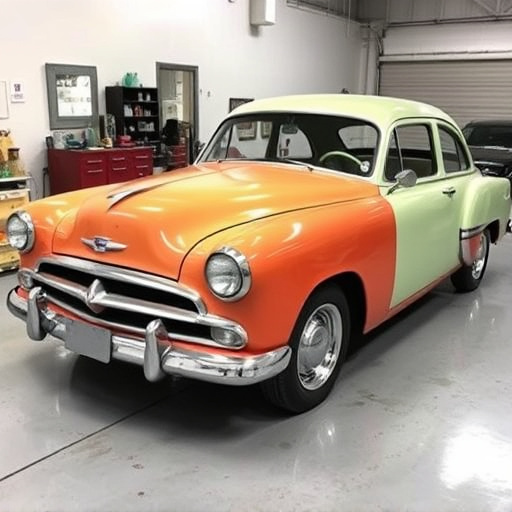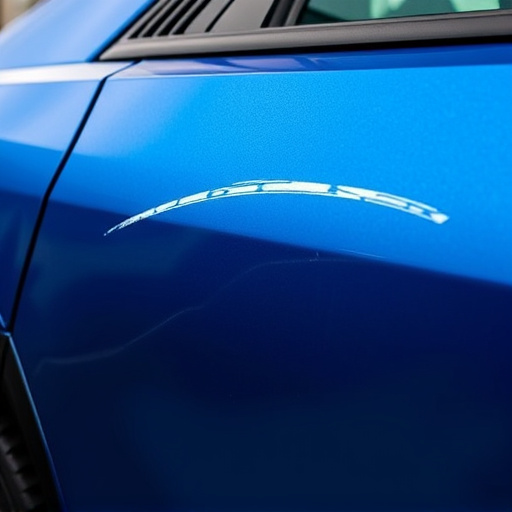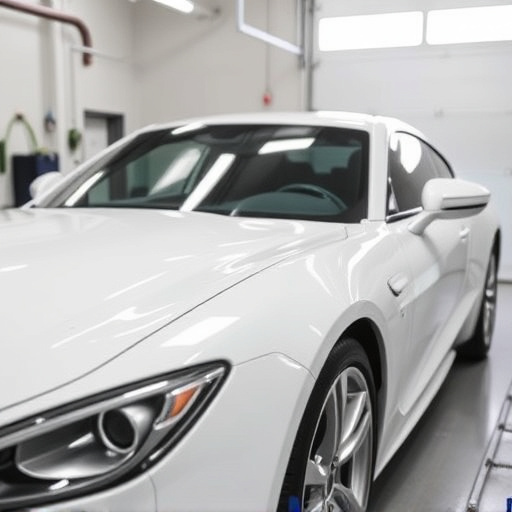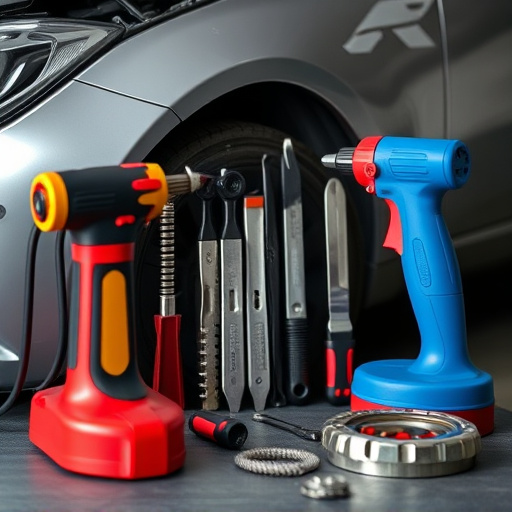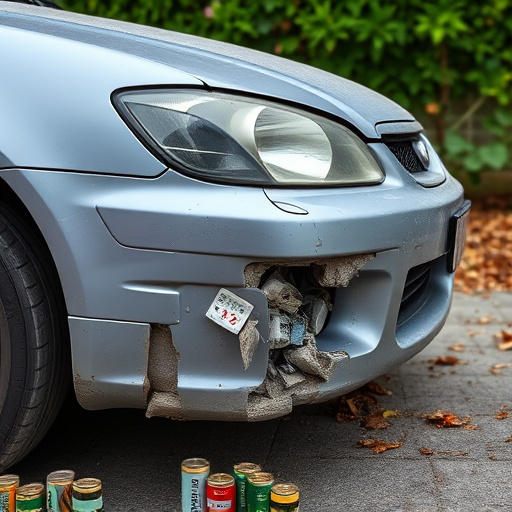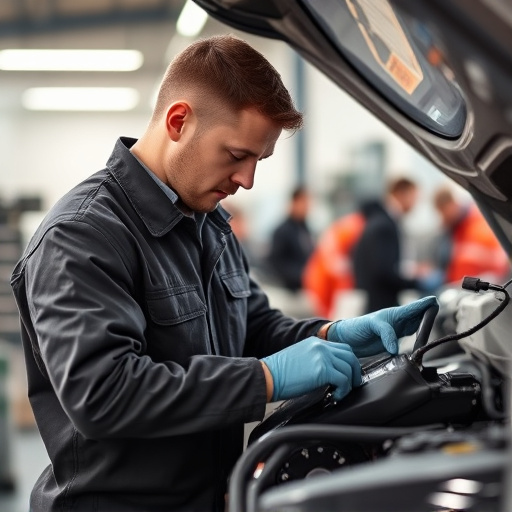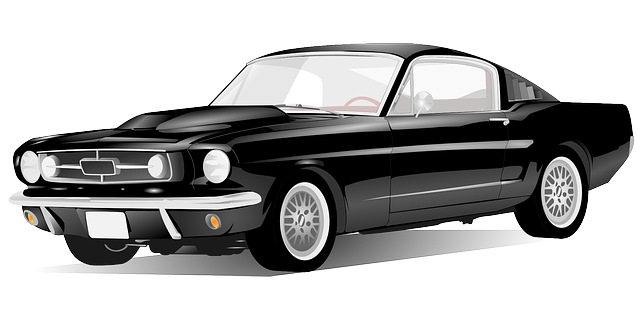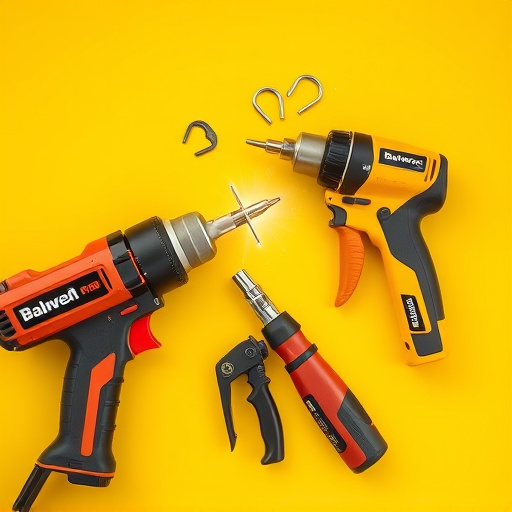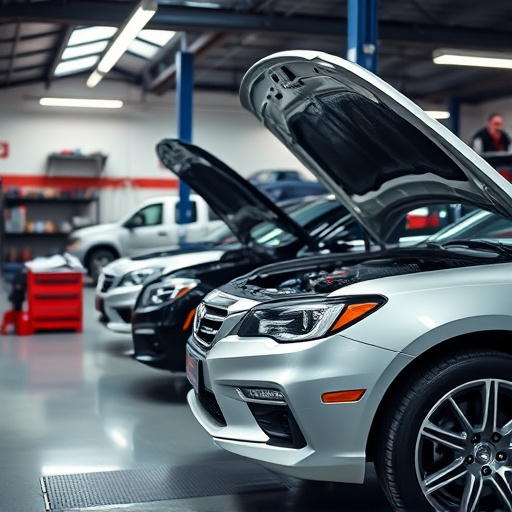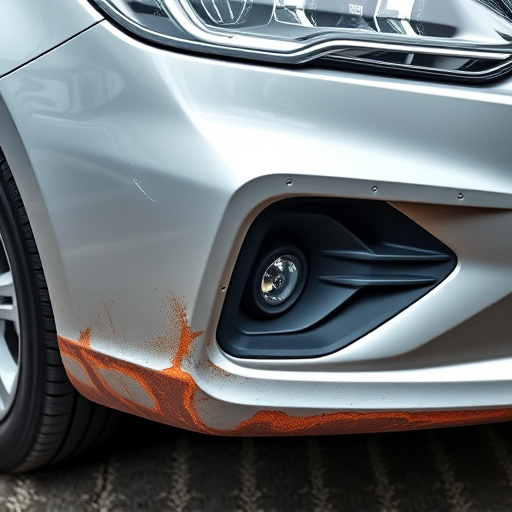3D vehicle scanning requires thorough preparation: clean and inspect cars, park in controlled environments, and maintain tire pressure. Advanced software tools offer precise measurements and detailed analyses for restoration tasks, enhancing efficiency and accuracy. Accurate data interpretation relies on high-quality scan data, proper software processing, calibration checks, and a controlled scanning environment to minimize errors in crucial applications like car body restoration.
Unleash the full potential of your automotive assets with 3D vehicle scanning technology. This powerful tool offers precise measurements and detailed insights, revolutionizing how you maintain and enhance your vehicles. In this article, we provide 10 actionable tips to maximize the benefits of 3D scanning. From preparing your vehicle for optimal scans to utilizing advanced software features and ensuring accurate data interpretation, these strategies will help you harness the true power of this game-changing technology, enhancing efficiency and precision in every step.
- Prepare Your Vehicle for Optimal Scans
- Utilize Advanced Software Features
- Ensure Accurate Data Interpretation
Prepare Your Vehicle for Optimal Scans
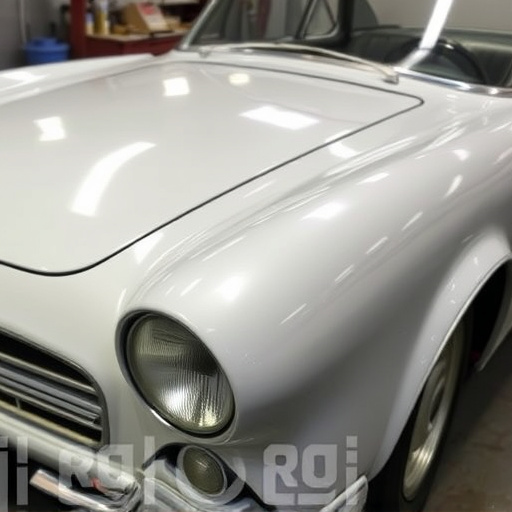
Before conducting a 3D vehicle scan, preparing your car ensures accurate and detailed results. Start by cleaning the entire vehicle, removing any dirt, debris, or wax that might obscure the scanner’s sensors. This includes washing the exterior and ensuring the car is dry to prevent water spots from affecting the scan quality. Additionally, check for any damage or imperfections on the car body, such as dents or scratches, especially around window areas like auto glass repair and mercedes benz collision repair. These can be fixed or noted for later reference during the restoration process, which enhances the overall precision of the 3D scanning results.
For optimal scans, consider parking the vehicle in a controlled environment, free from direct sunlight or extreme weather conditions. The stability and flatness of the surface where the car is parked are crucial as these factors impact the accuracy of the 3D mapping. Ensure the tires are properly inflated to maintain vehicle stability during the scanning process, which is vital for achieving high-quality digital representations, especially when considering car body restoration projects.
Utilize Advanced Software Features
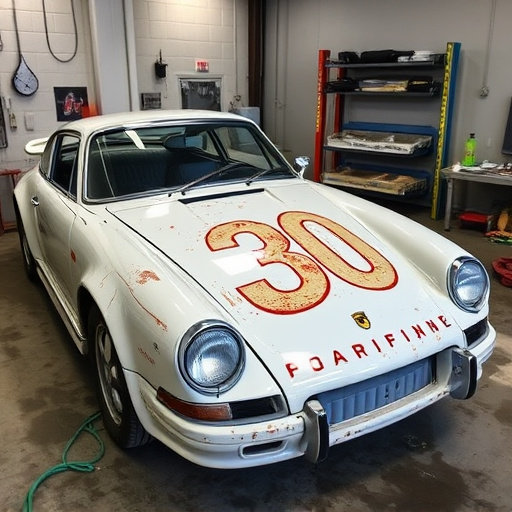
Maximizing the benefits of 3D vehicle scanning involves leveraging advanced software features. These tools enable precise measurements and detailed analyses that can guide various processes from car dent removal to vehicle paint repair. By utilizing the right software, professionals can achieve accurate assessments, facilitating more effective restoration work. The software often includes functions for creating digital models, identifying damage patterns, and even simulating repair procedures, making it a valuable asset in the vehicle restoration process.
Additionally, these advanced features streamline workflow efficiency, reducing manual effort and potential human error. For instance, 3D scanning can capture intricate details of a vehicle’s surface, including minor dents or paint imperfections, which are crucial for targeted and precise repairs. This level of precision is particularly beneficial in cases requiring meticulous work, such as complex vehicle restoration projects, ensuring that every aspect of the car dent removal and vehicle paint repair processes is carried out with the utmost care and accuracy.
Ensure Accurate Data Interpretation
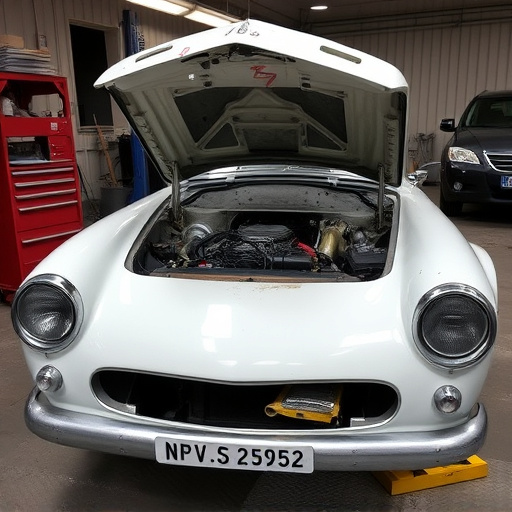
Achieving accurate data interpretation is key when utilizing 3D vehicle scanning technology. This advanced process captures intricate details of a car’s surface, allowing for precise measurements and analyses. To ensure optimal results, it’s essential to start with high-quality scan data, free from artifacts or noise that could skew the measurements. Utilizing the right software capable of processing 3D point clouds is vital; this software enables specialized techniques like meshing and cloud filtering to enhance data accuracy.
Regular calibration checks and maintaining a controlled scanning environment are other important factors. The scanning area should be clean, free from debris or reflections that might interfere with the process. Additionally, ensuring proper lighting conditions minimizes shadows, which can lead to inaccurate interpretations. For specific tasks like car body restoration, auto painting, or car dent removal, accurate data interpretation becomes even more critical, as minute details matter in achieving flawless outcomes.
By implementing these 10 tips, you can unlock the full potential of 3D vehicle scanning. From preparation to data interpretation, each step plays a vital role in ensuring accurate and detailed results. Incorporating advanced software features allows for enhanced analysis, leading to better decision-making in vehicle maintenance and customization. Remember, optimal scans begin with proper vehicle preparation, so take the time to ensure everything is ready before you start.
